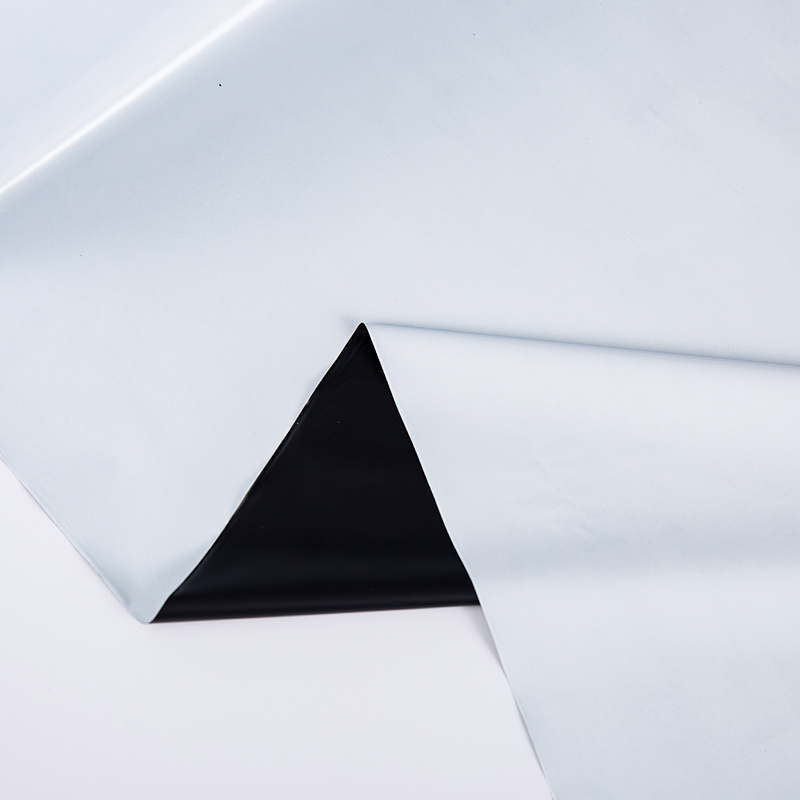Product Consultation
Your email address will not be published. Required fields are marked *
Blackout film and low-E (low emissivity) glass are both effective in reducing heat gain and improving energy efficiency, but they operate differently and serve distinct purposes. Choosing between them depends on factors such as desired light control, installation costs, and long-term energy savings.
Heat Reduction and Solar Control
Blackout film is designed to block nearly 100% of visible light and solar radiation, making it highly effective in preventing heat from entering a space. By completely blocking sunlight, it significantly reduces indoor temperatures, especially in rooms with high sun exposure. This makes it a great choice for spaces that require total darkness, such as bedrooms, home theaters, or offices where glare control is essential.
Low-E glass, on the other hand, uses a microscopically thin metallic coating to reflect infrared heat while allowing some natural light to pass through. It helps to minimize heat transfer without completely blocking sunlight, maintaining brightness indoors while still improving energy efficiency. Unlike blackout film, low-E glass is designed for year-round thermal control—keeping heat out during summer and reflecting indoor warmth back inside during winter, leading to more balanced energy efficiency across seasons.
Energy Savings and Climate Considerations
Both blackout film and low-E glass contribute to energy savings, but in different ways. Blackout film primarily reduces cooling costs by preventing solar heat gain. This makes it ideal for warm climates or buildings with large sun-exposed windows, as it lowers the reliance on air conditioning systems. However, because blackout film does not provide insulation, it does not contribute significantly to winter energy savings.
Low-E glass, by contrast, offers dual-season benefits. It reduces cooling costs in the summer by reflecting heat away while also improving insulation in the winter by keeping indoor warmth from escaping. This year-round performance makes low-E glass a better option for climates that experience both hot and cold seasons, as it reduces both air conditioning and heating expenses.

Installation, Cost, and Longevity
Blackout film is relatively inexpensive and easy to install, making it an attractive retrofit option for existing windows. It can be applied without professional help, although proper installation is needed to prevent bubbling and peeling. Over time, however, blackout film may degrade and require replacement, especially in areas with extreme temperature fluctuations.
Low-E glass, in contrast, is more costly upfront because it typically requires replacing entire windows. However, it is a long-term investment that provides continuous insulation benefits without requiring maintenance or reapplication. While the initial cost is higher, the improved insulation properties of low-E glass contribute to significant energy savings over time.
Best Applications and Use Cases
If the primary goal is to block out light completely and maximize heat control in a specific space, blackout film is the more effective choice. It is particularly useful in settings where darkness is needed, such as media rooms, offices, or bedrooms in urban areas with excessive nighttime lighting.
On the other hand, low-E glass is the better long-term solution for homes and commercial buildings where maintaining natural light is important while still improving energy efficiency. It offers a balanced approach by reducing heat transfer while allowing light in, making it more versatile for general residential and office use.
Ultimately, the choice between blackout film and low-E glass depends on the specific needs of the space. Blackout film is a quick and cost-effective way to reduce heat and eliminate glare, making it ideal for targeted applications. Low-E glass, while more expensive, provides a long-term, energy-efficient solution that works in both hot and cold climates. For those looking for an immediate and affordable solution, blackout film is a great option. However, for those seeking a more permanent and all-season energy-efficient upgrade, low-E glass is the better investment.
Your email address will not be published. Required fields are marked *
You can contact to me using this form.
Copyright © 2023 Kunshan Red Apple Plastic New Material Co., Ltd. All Rights Reserved.
